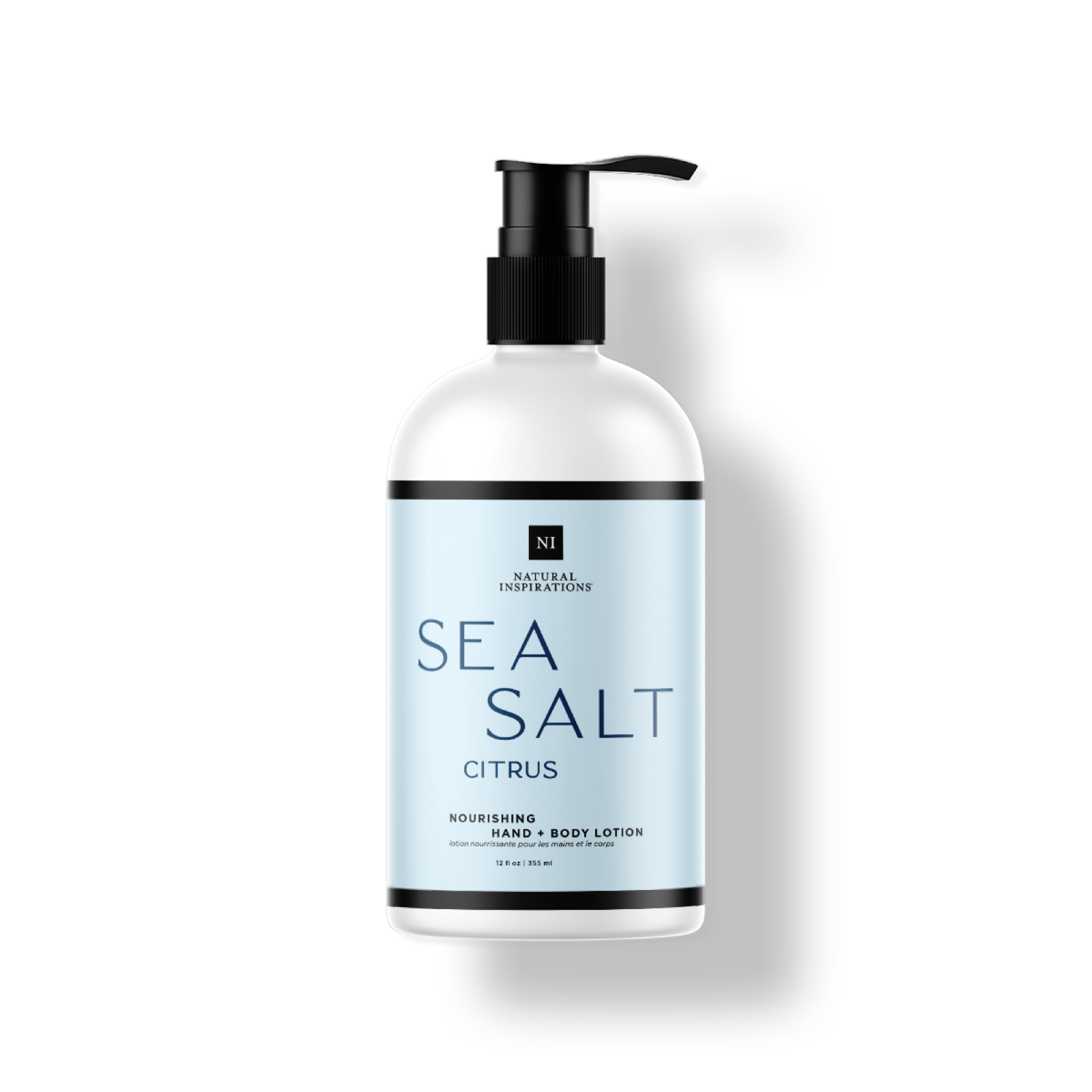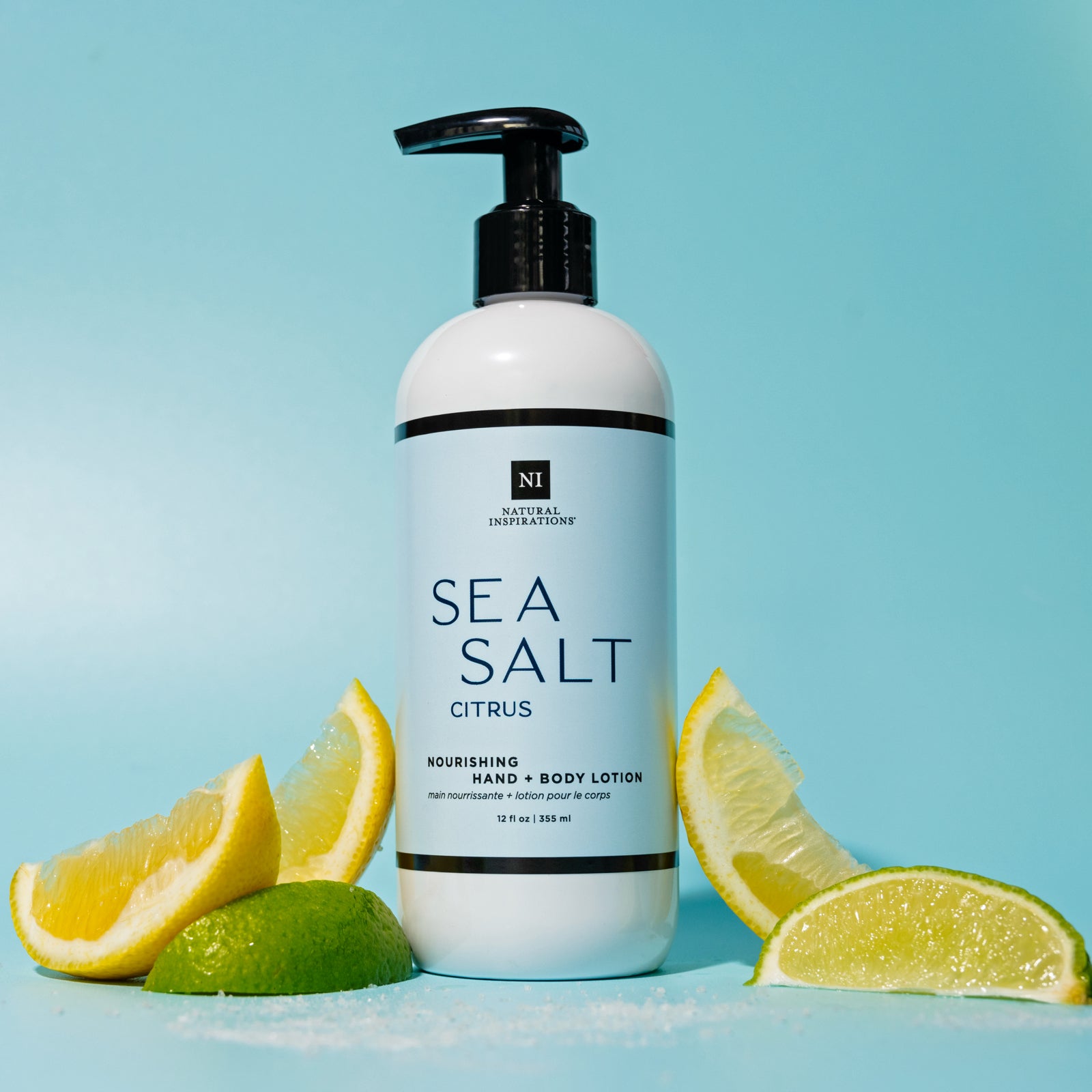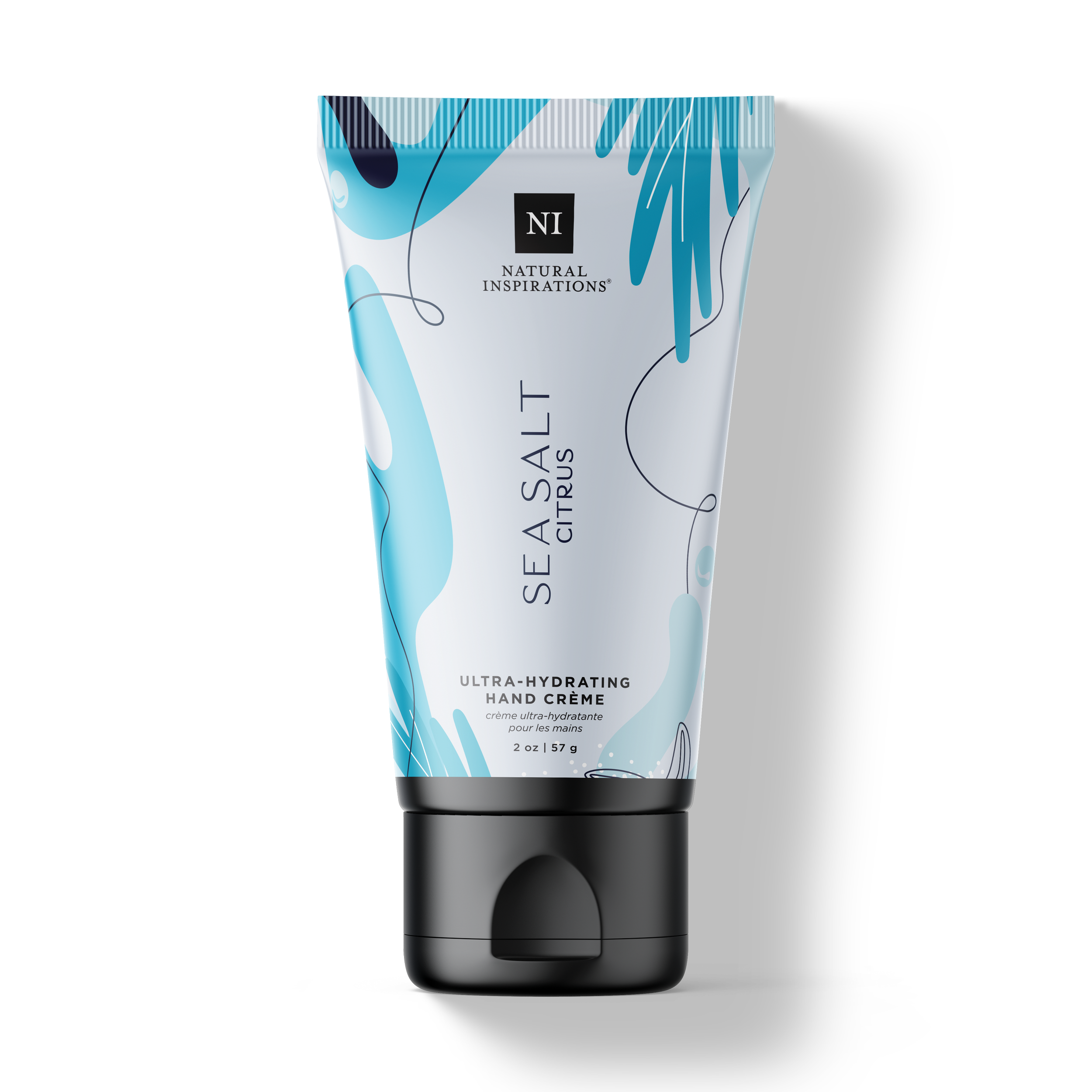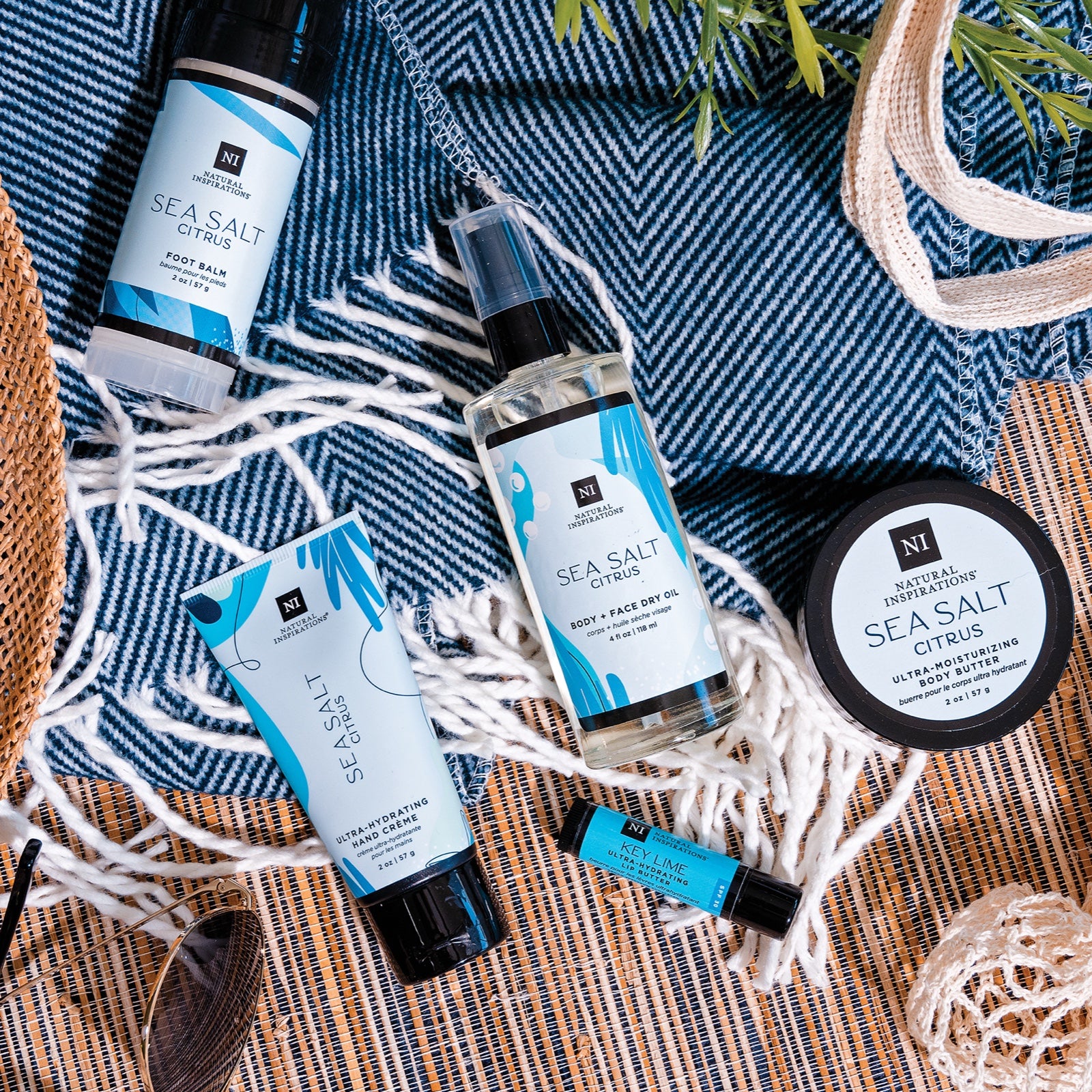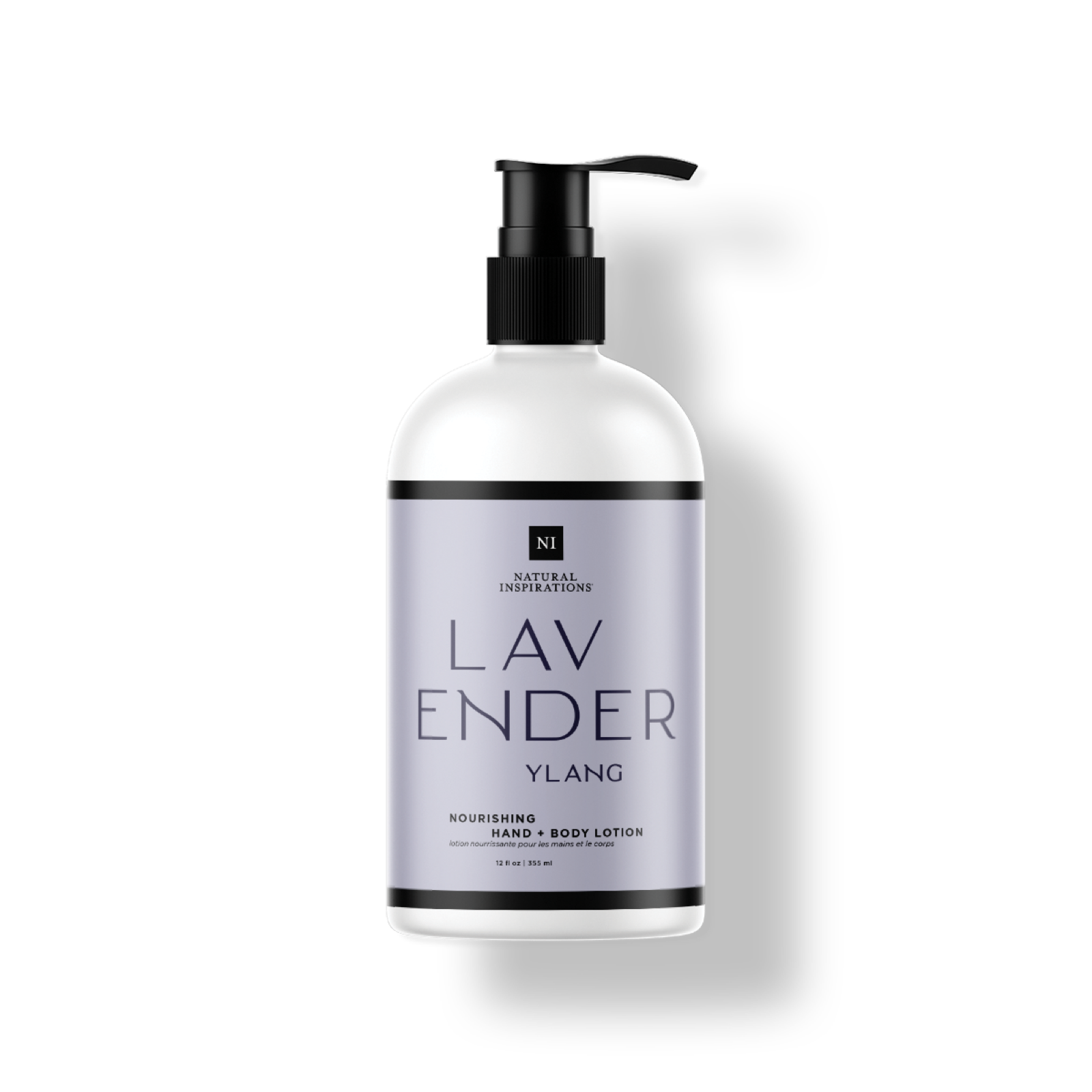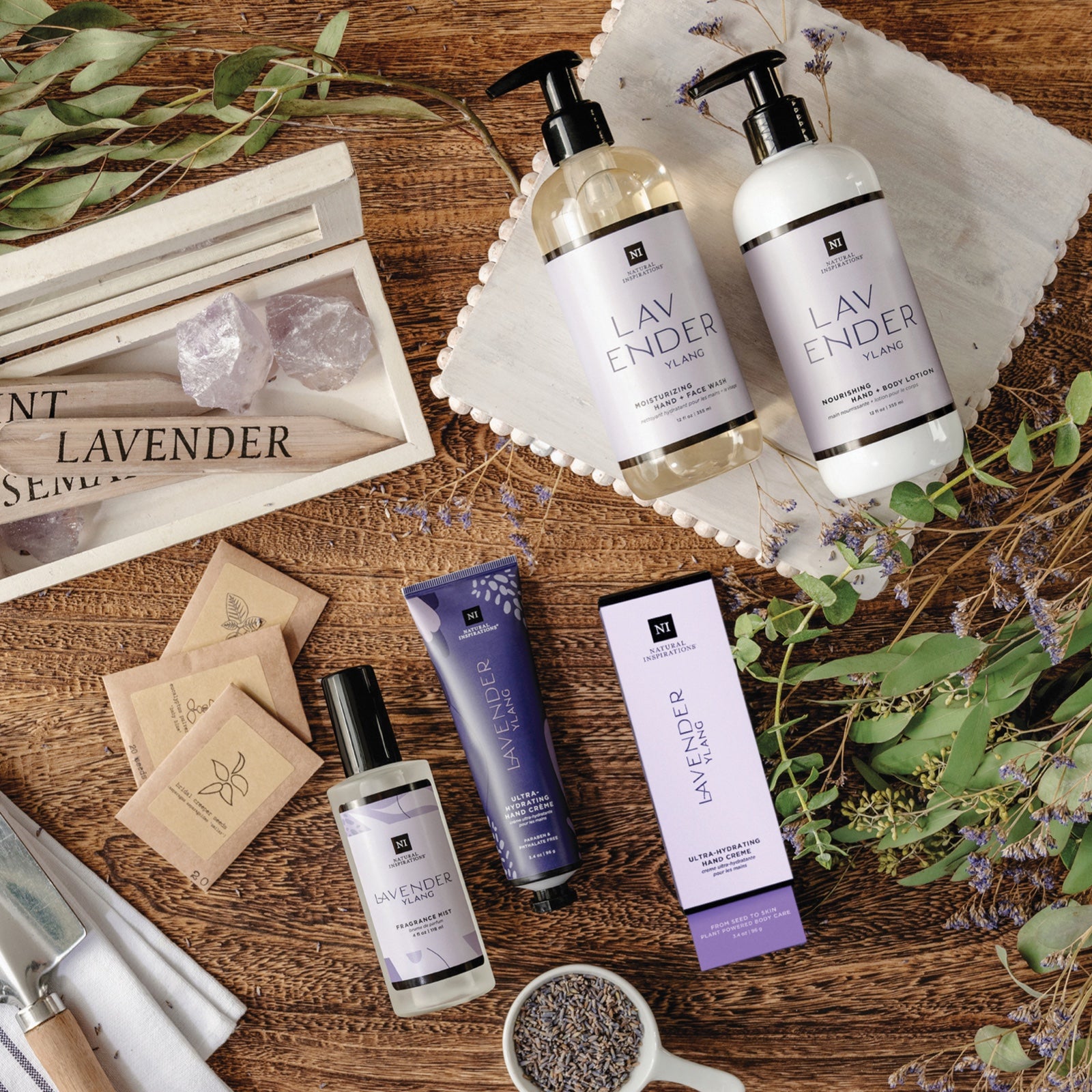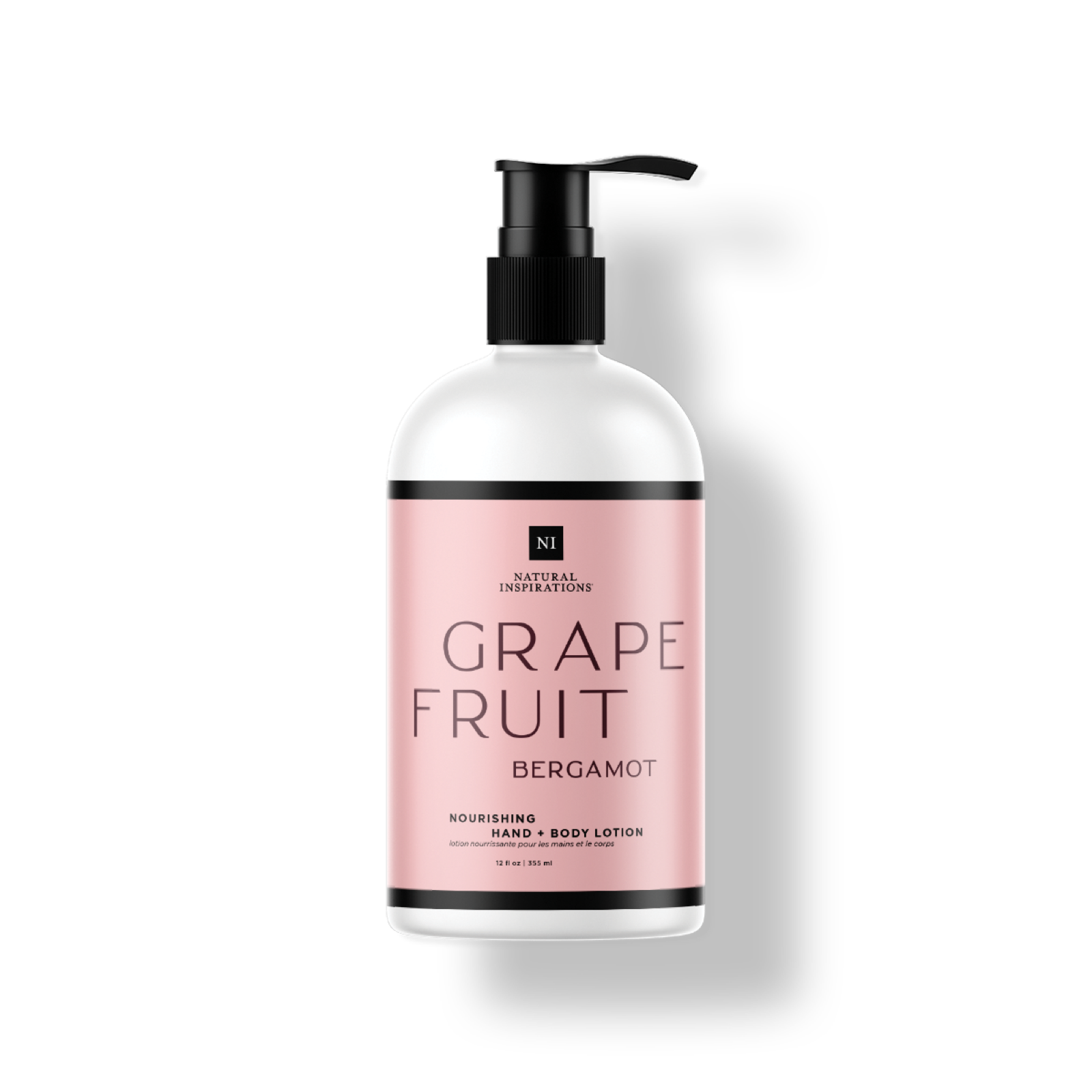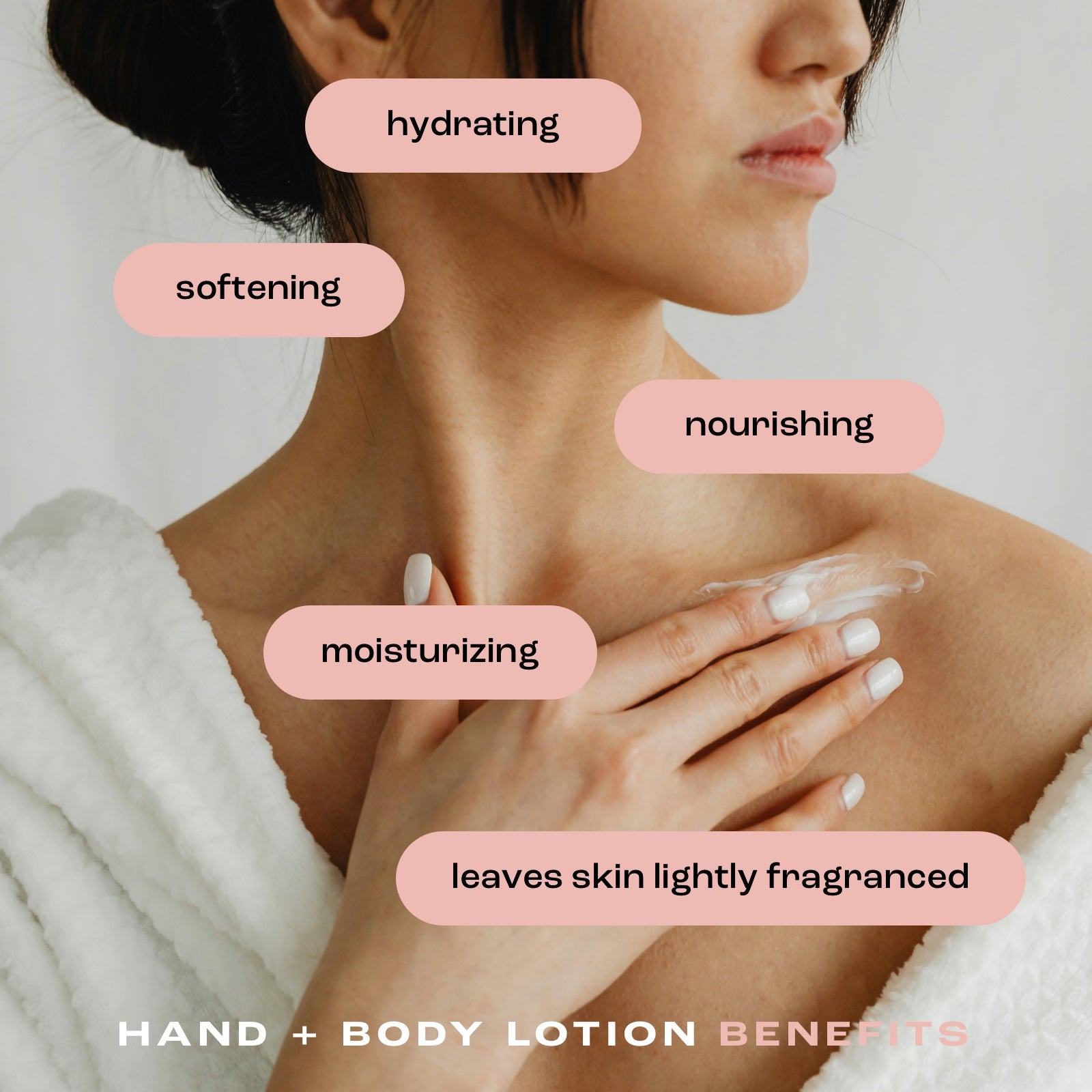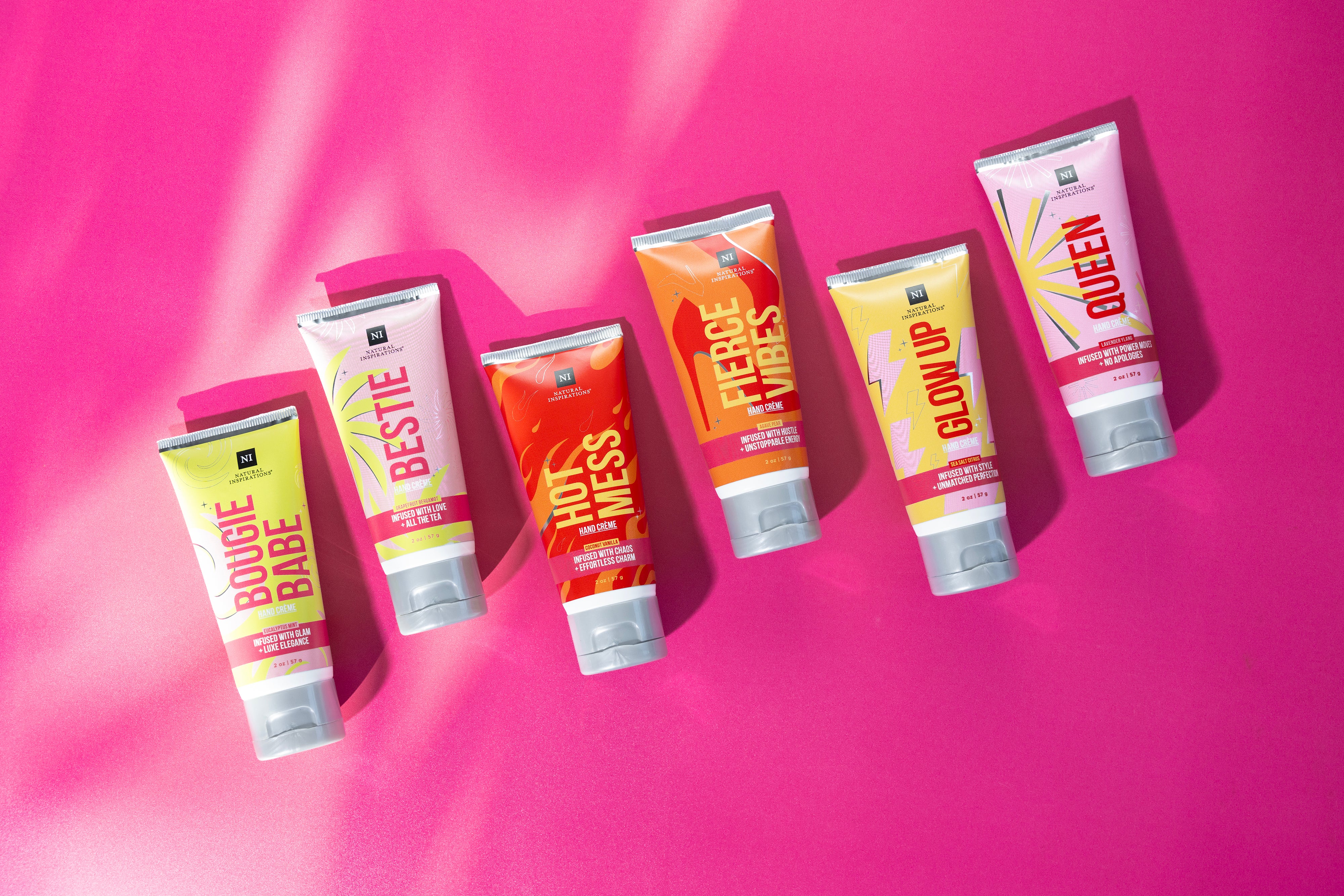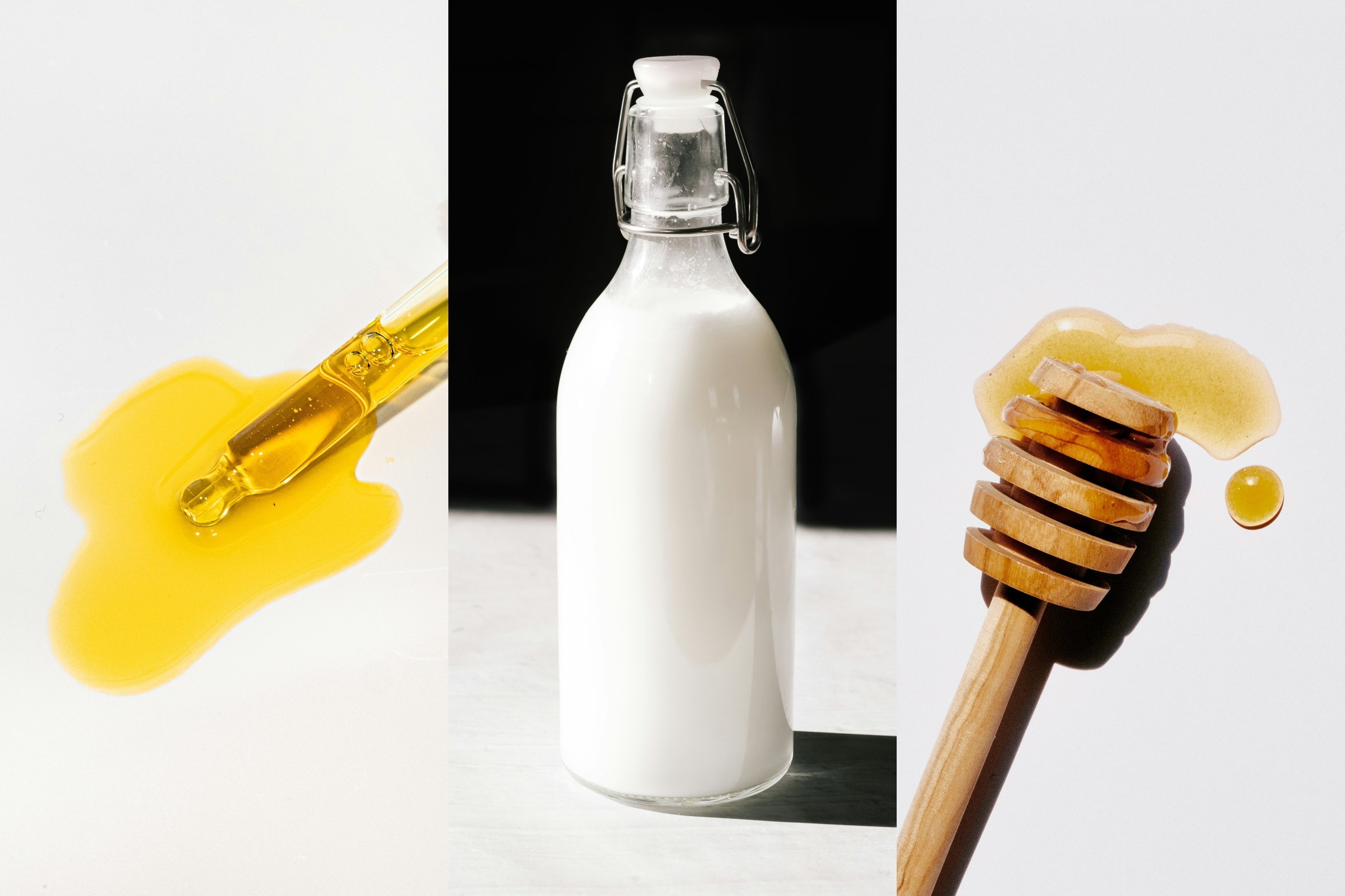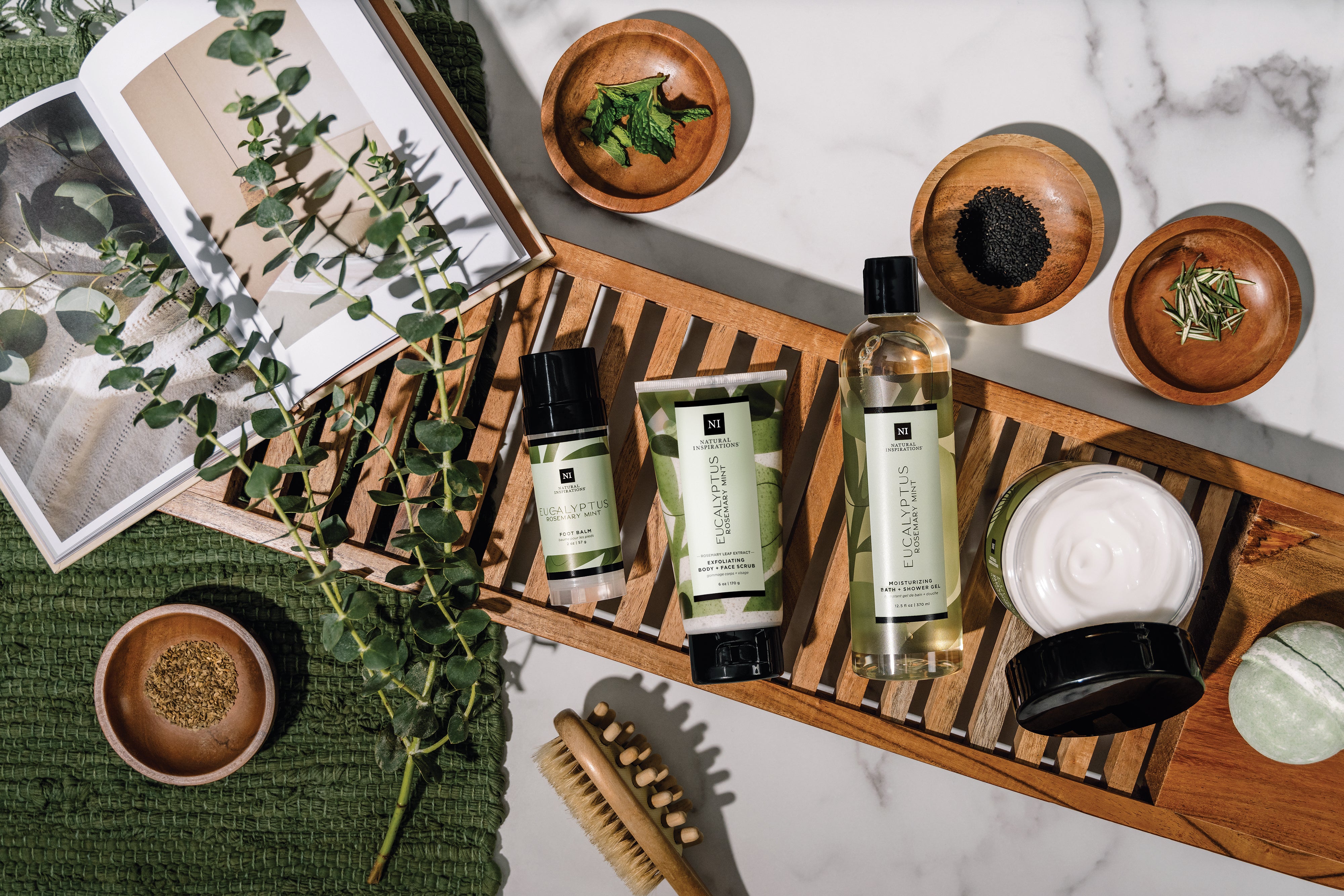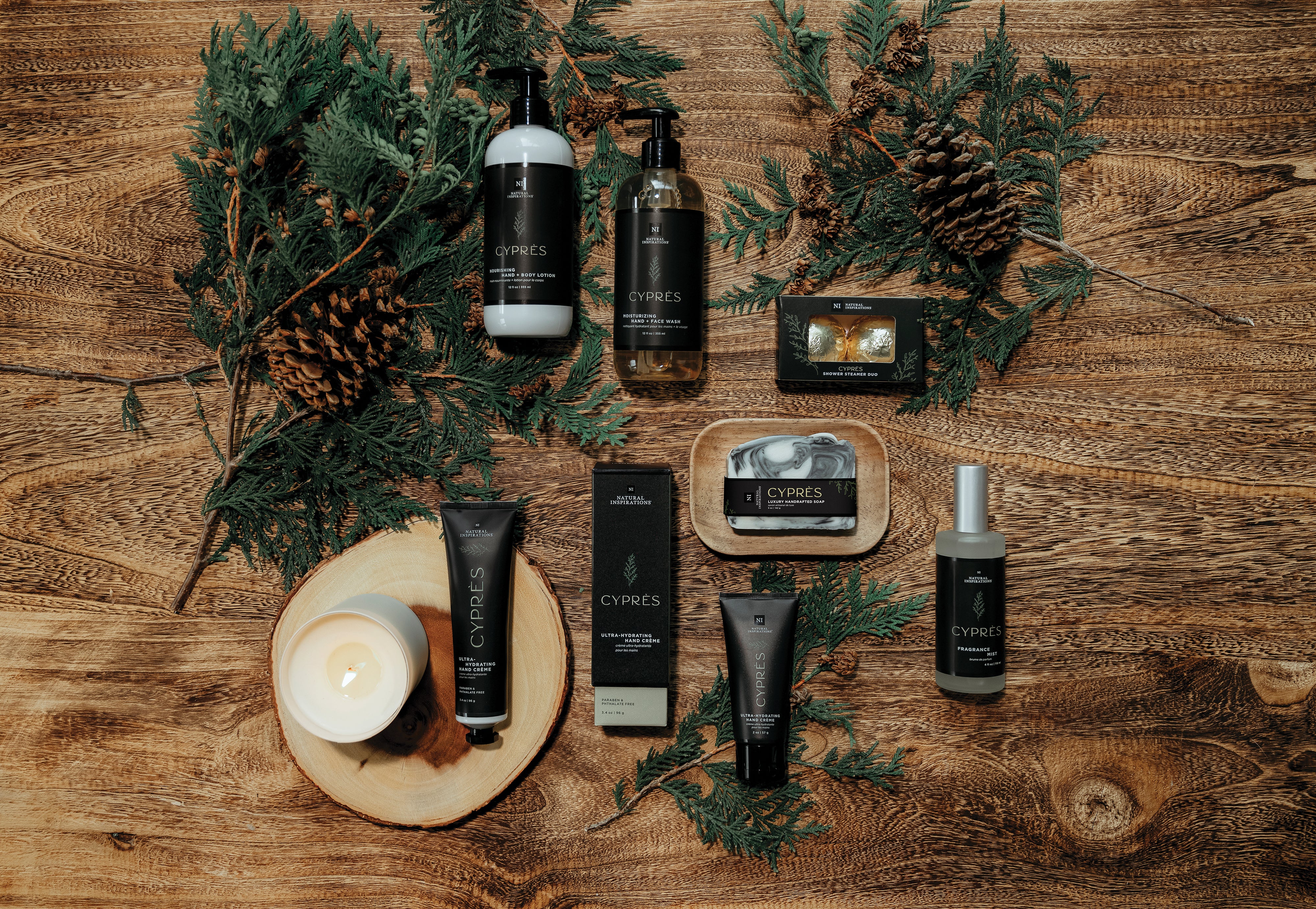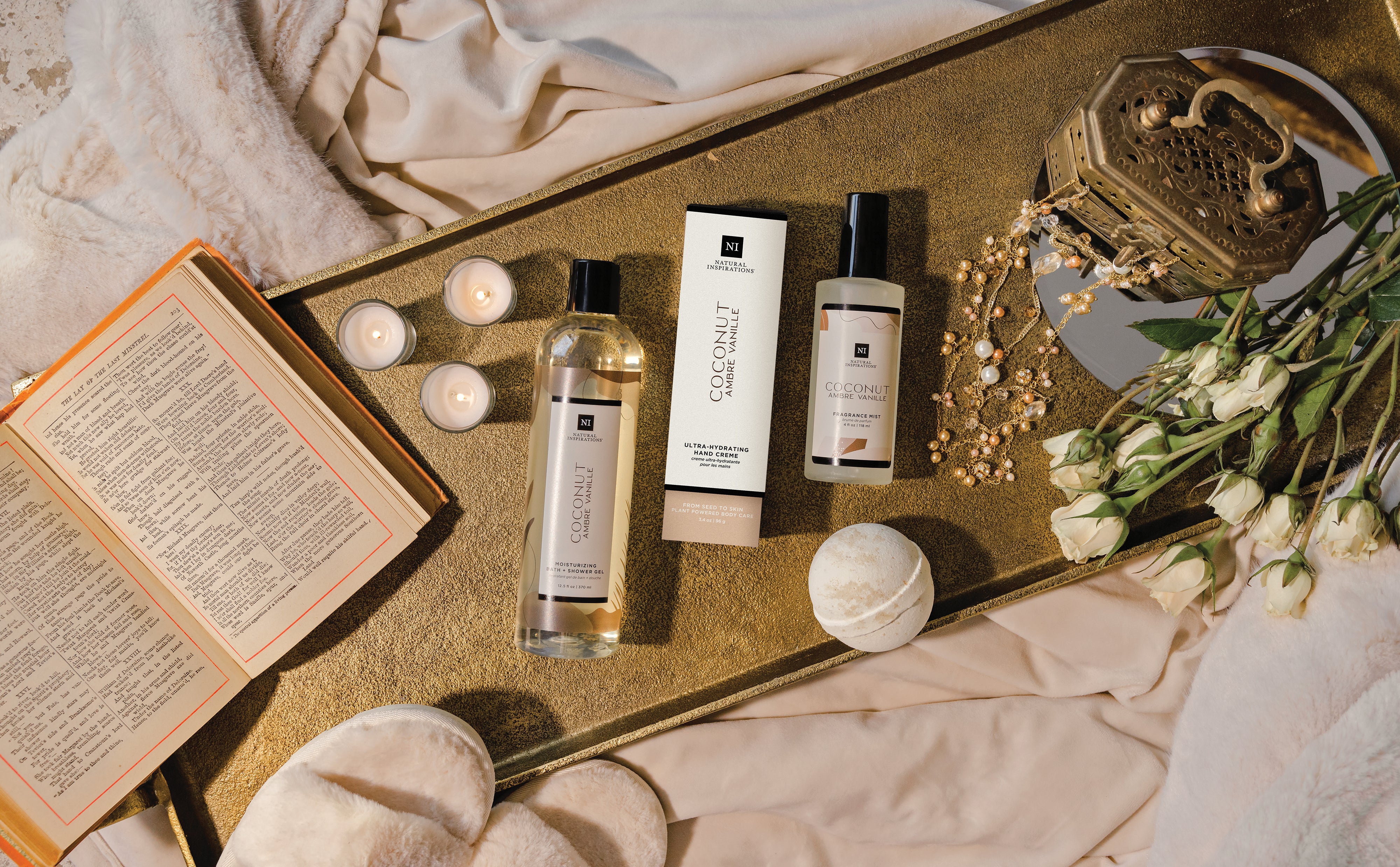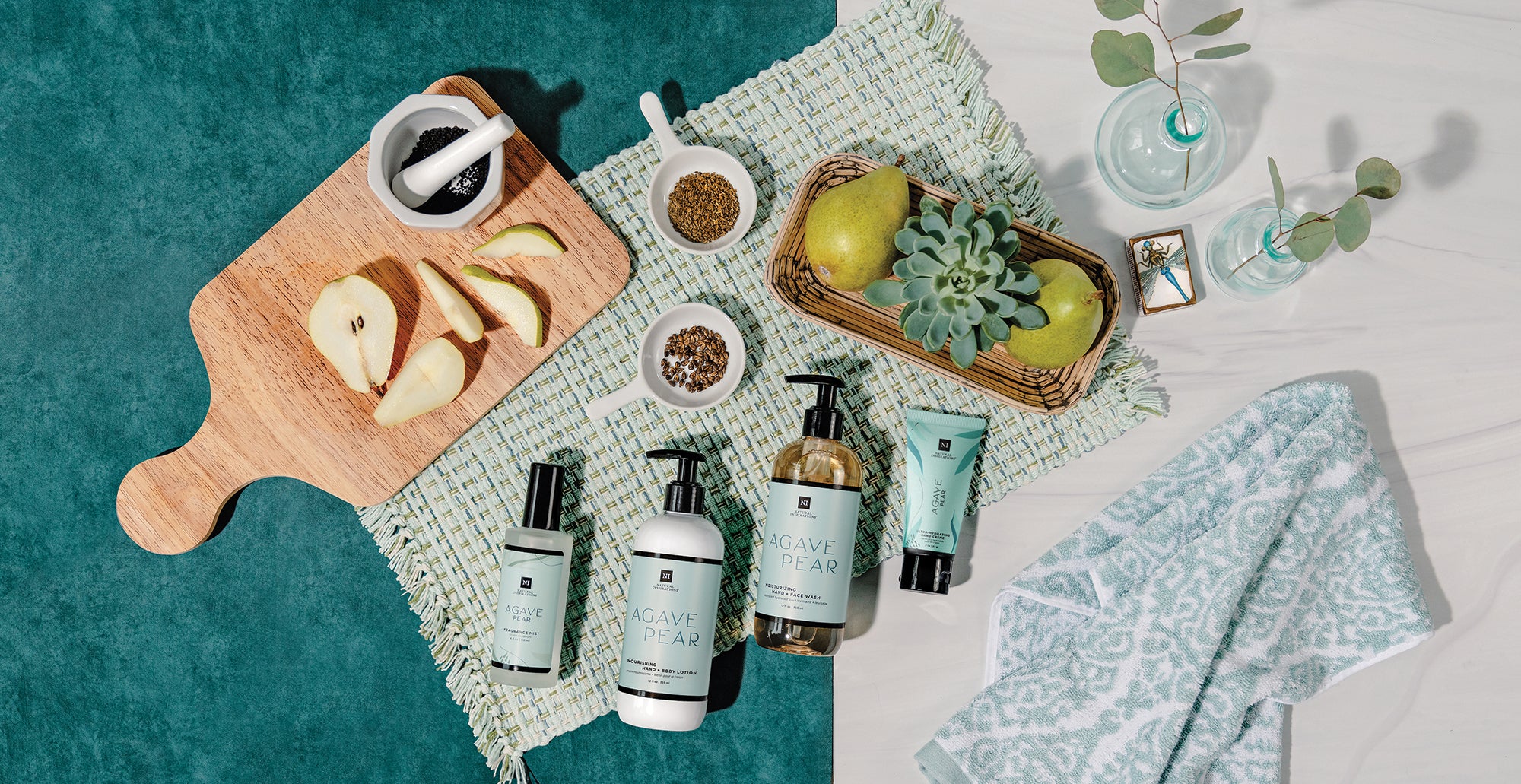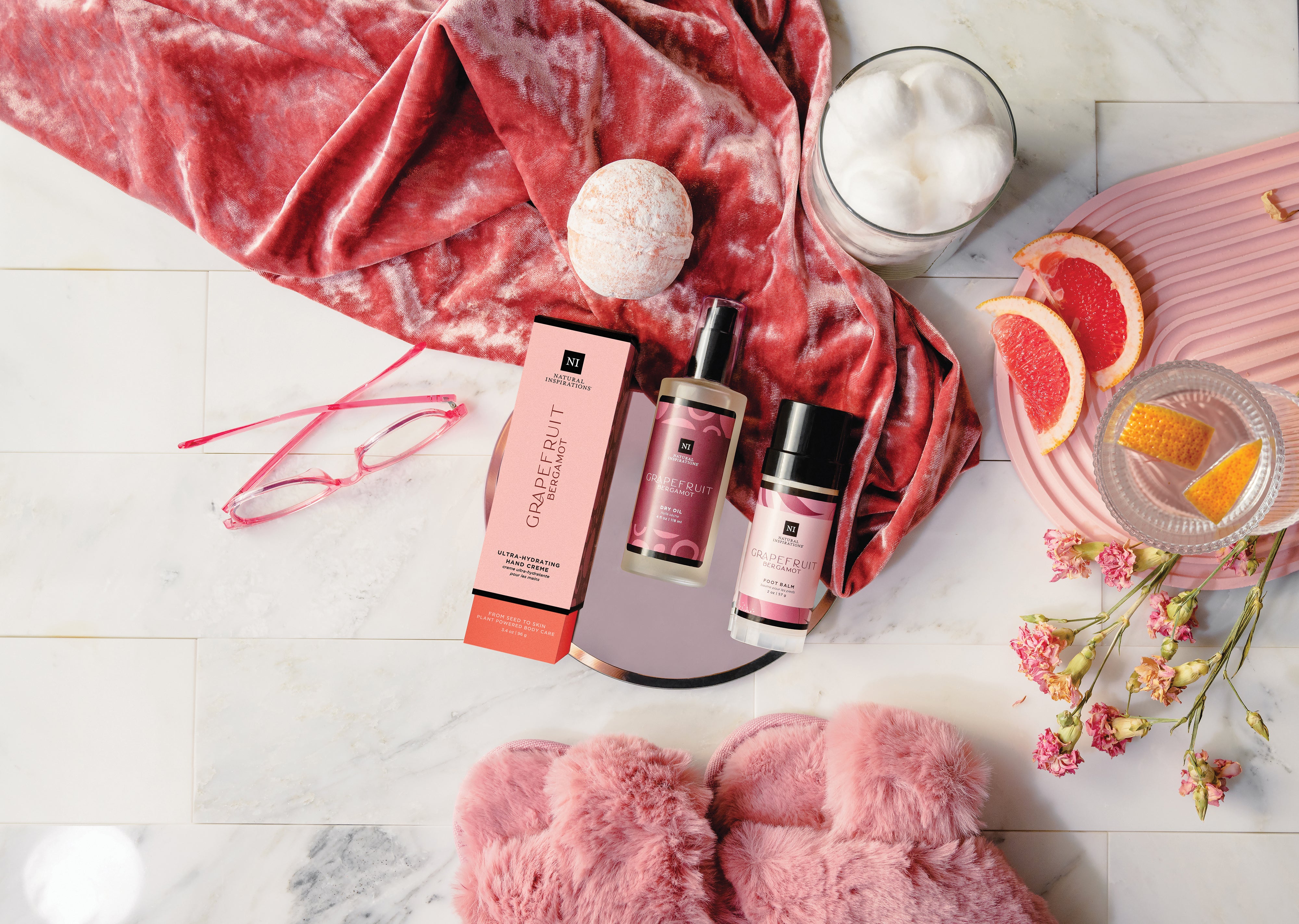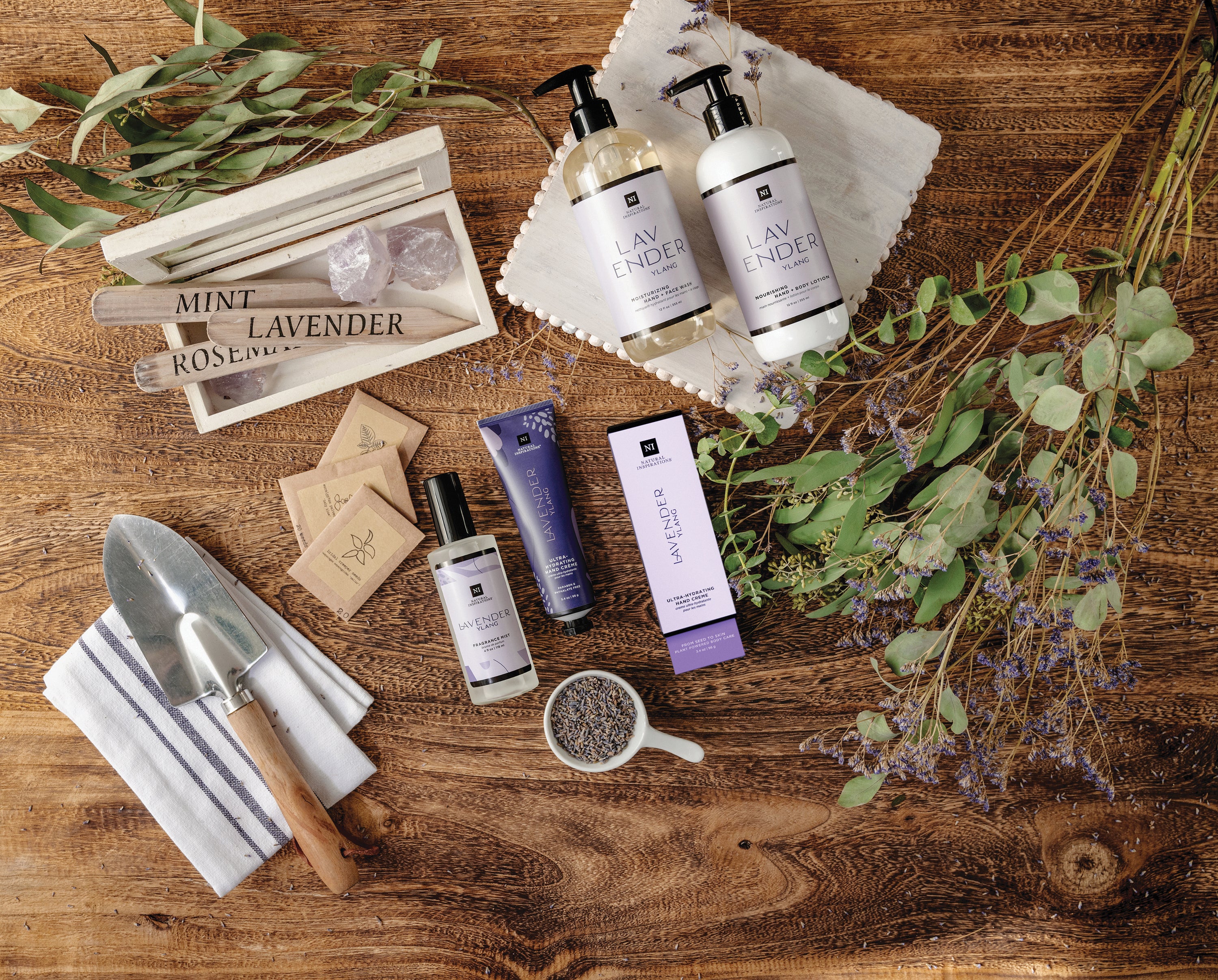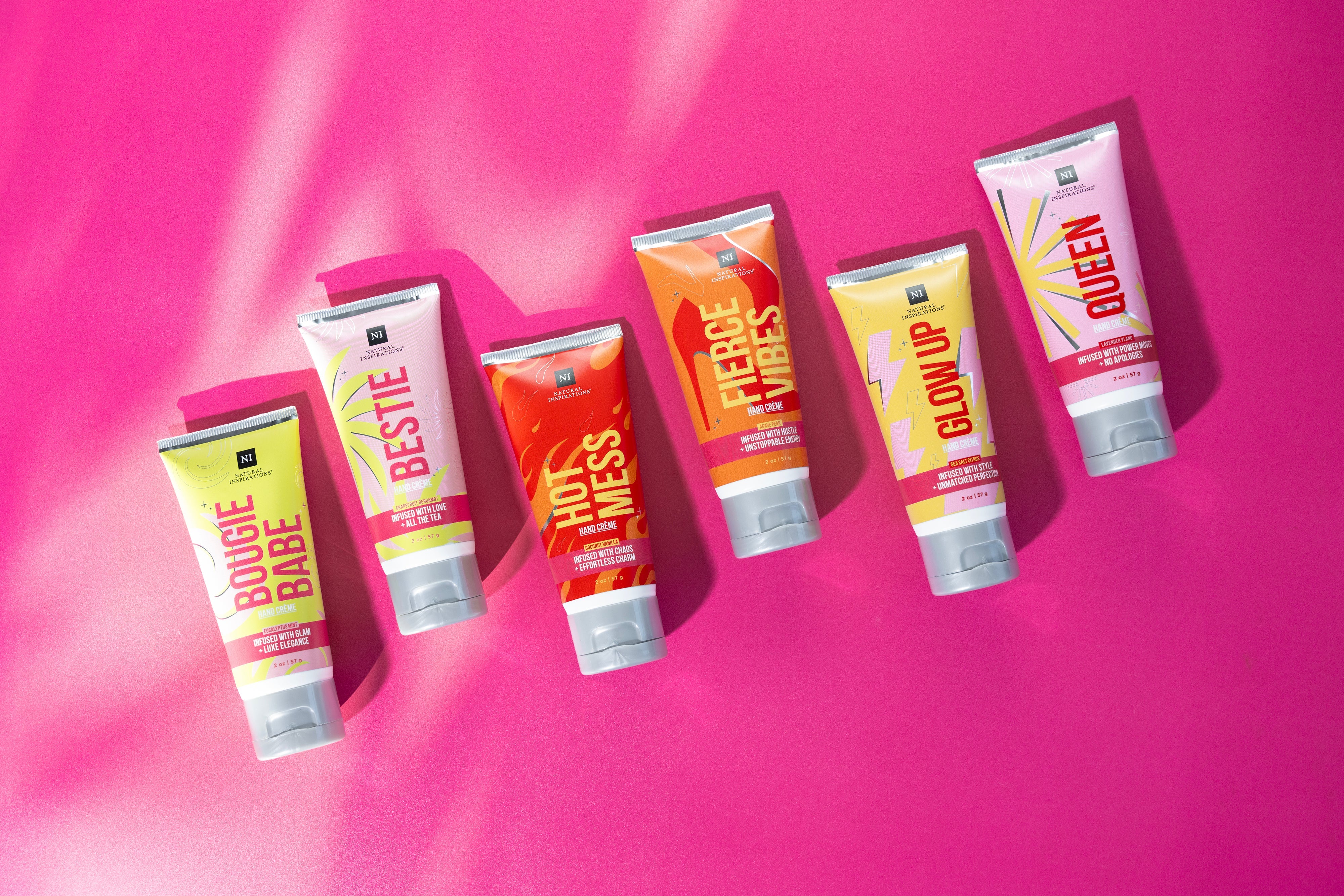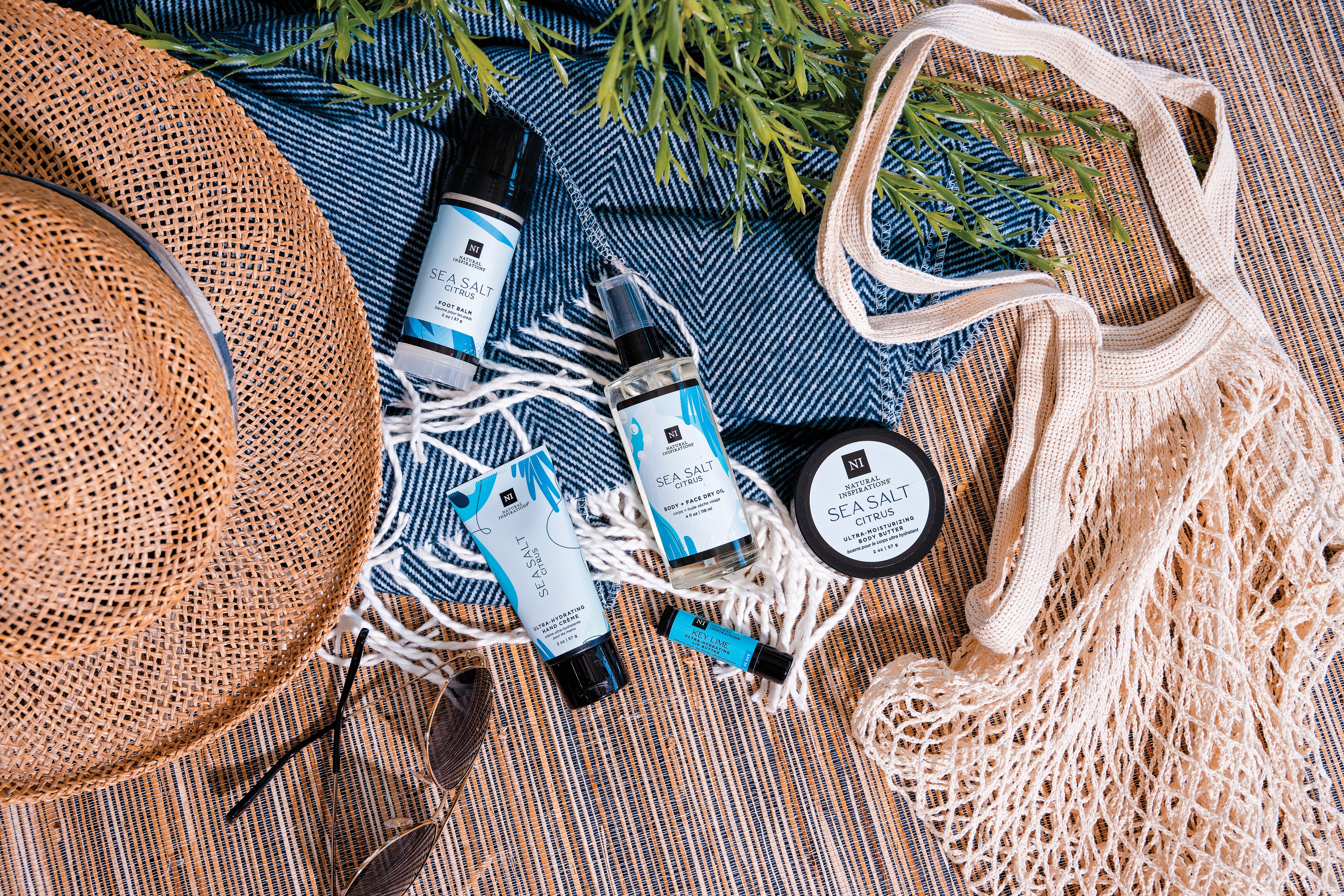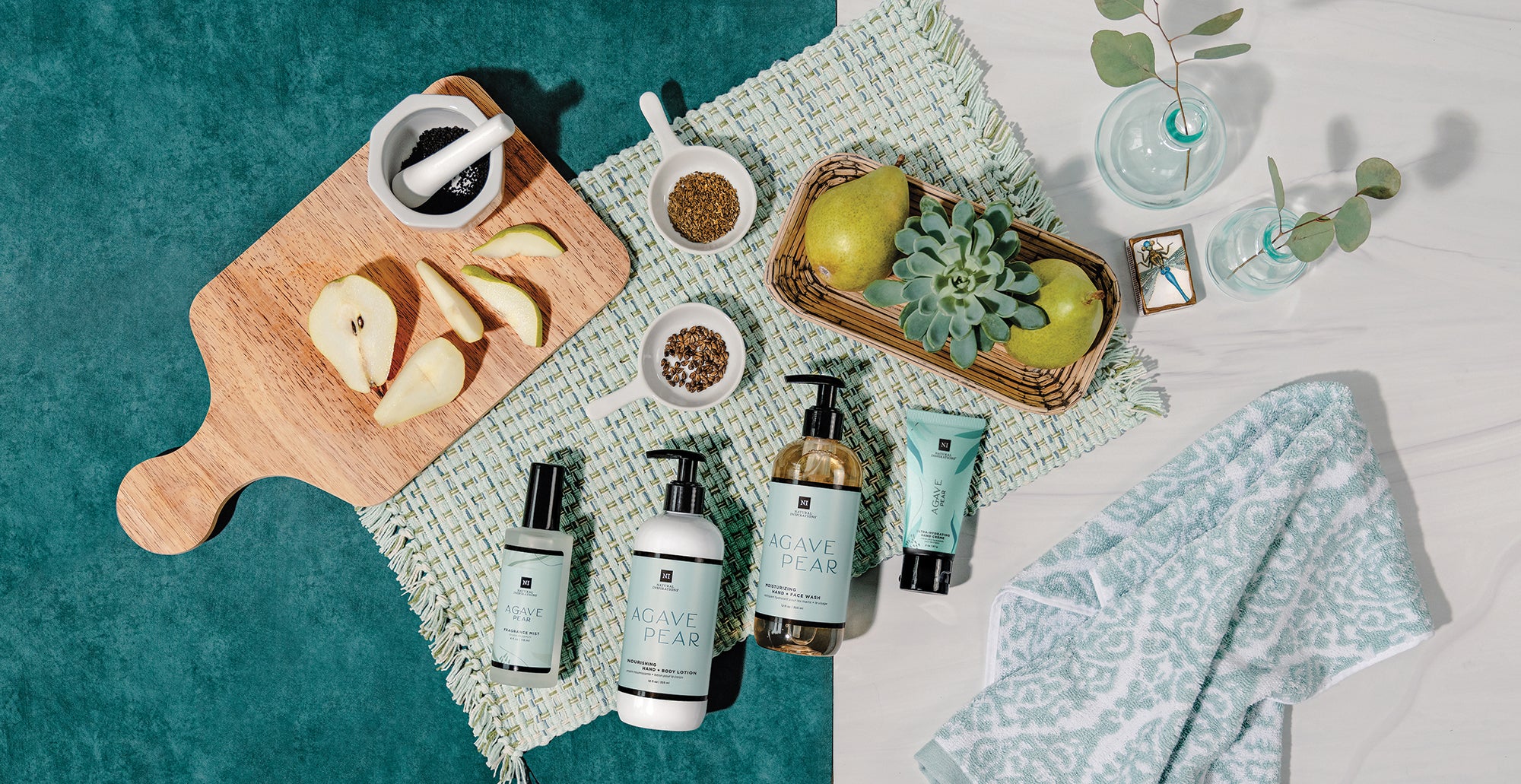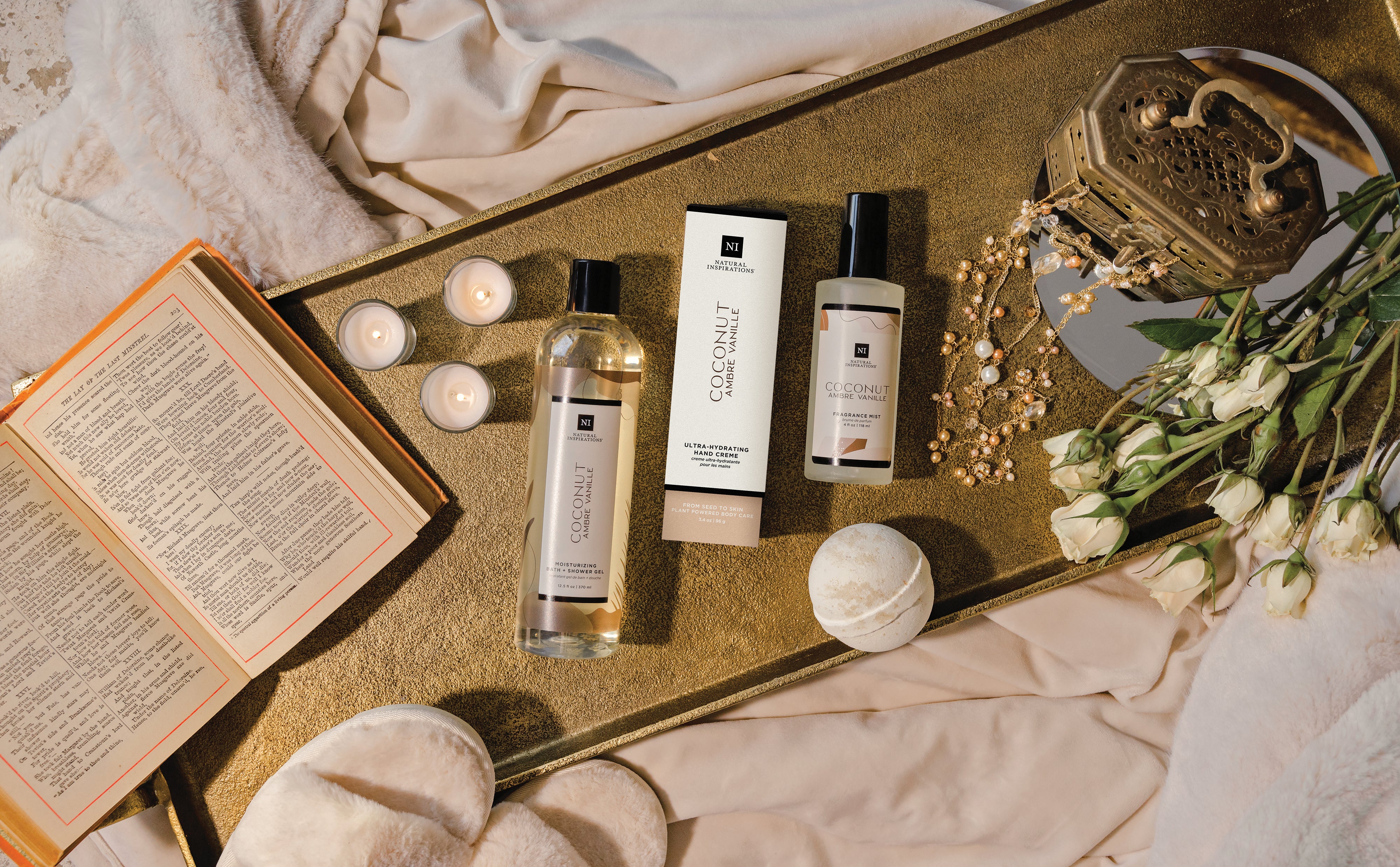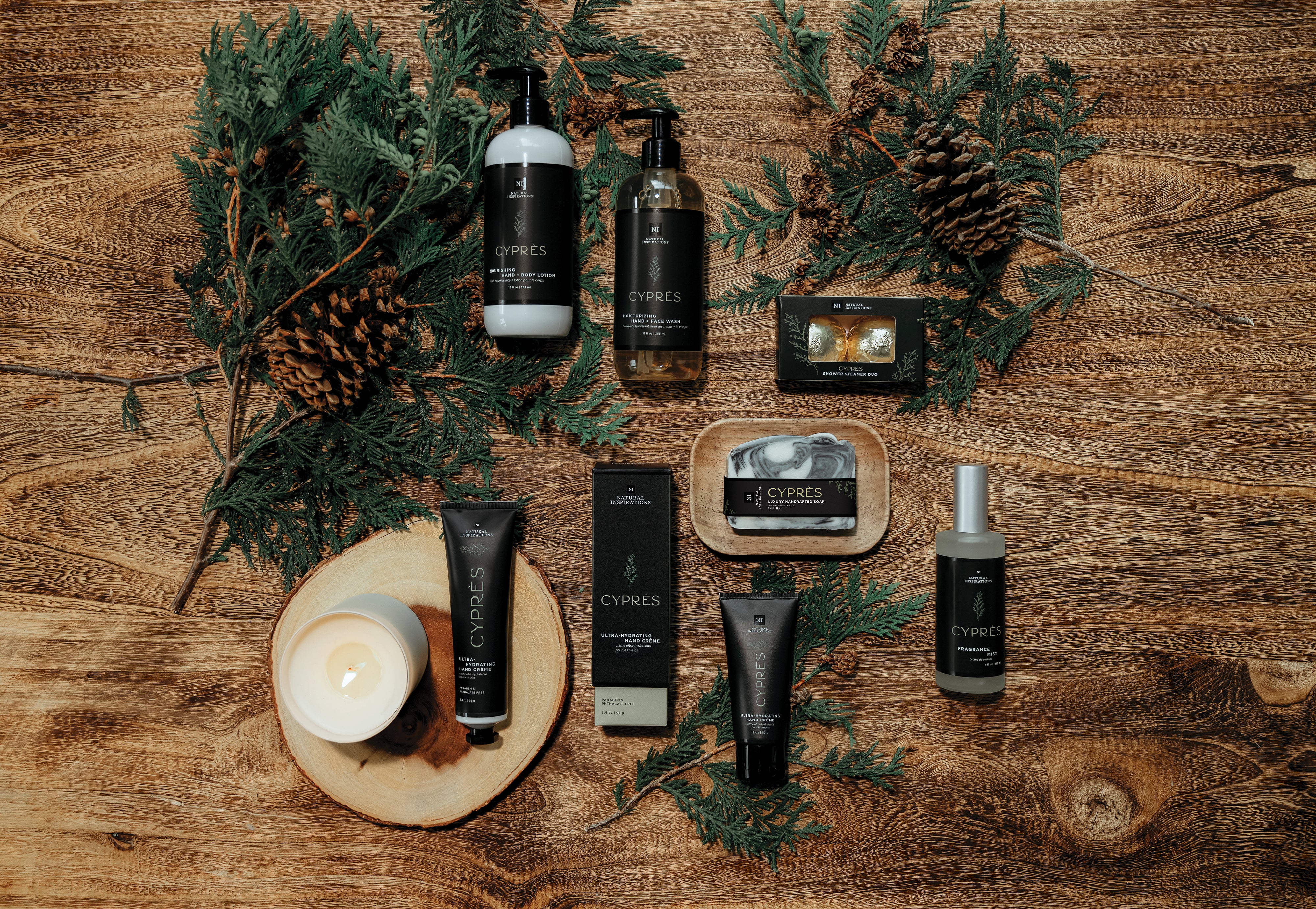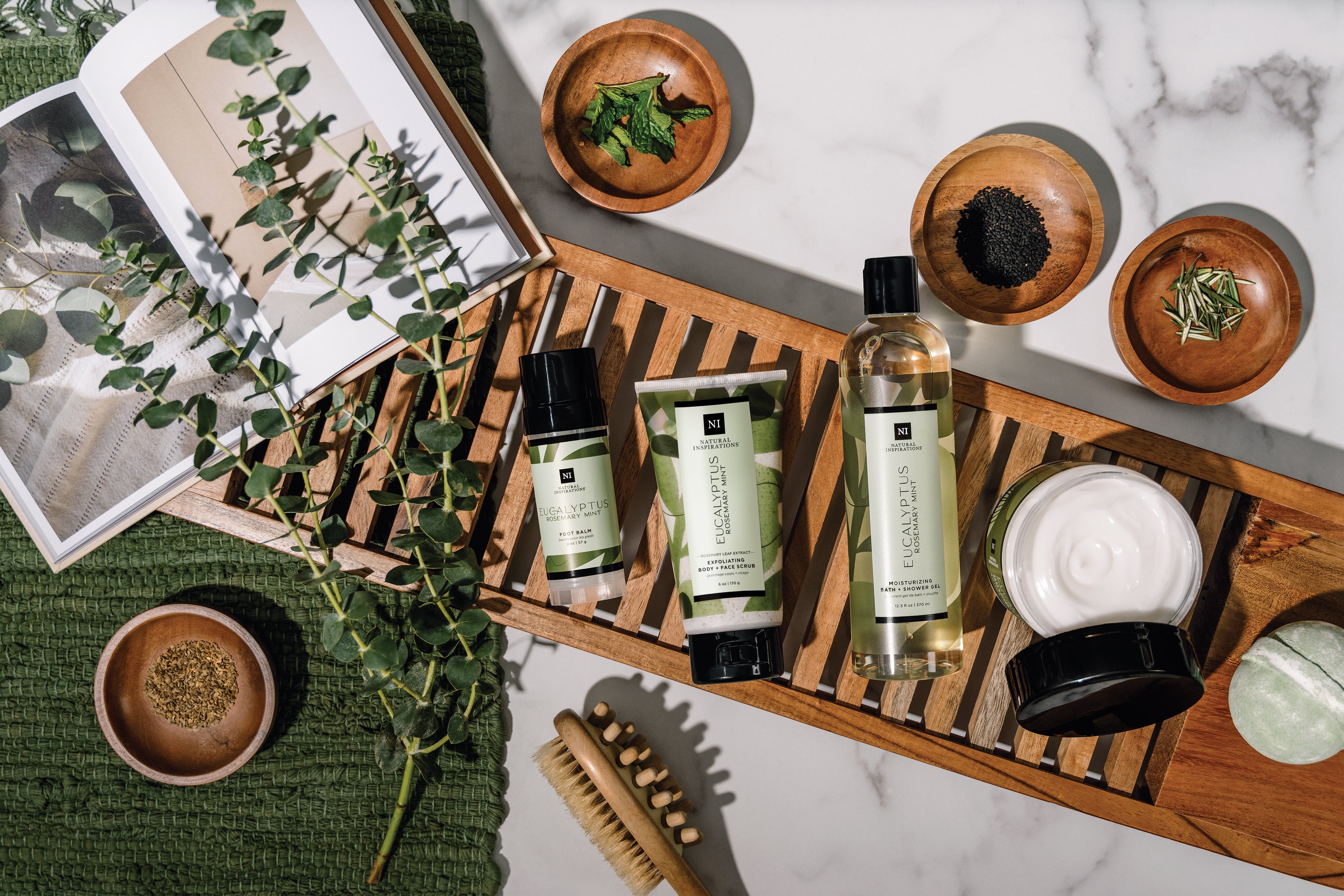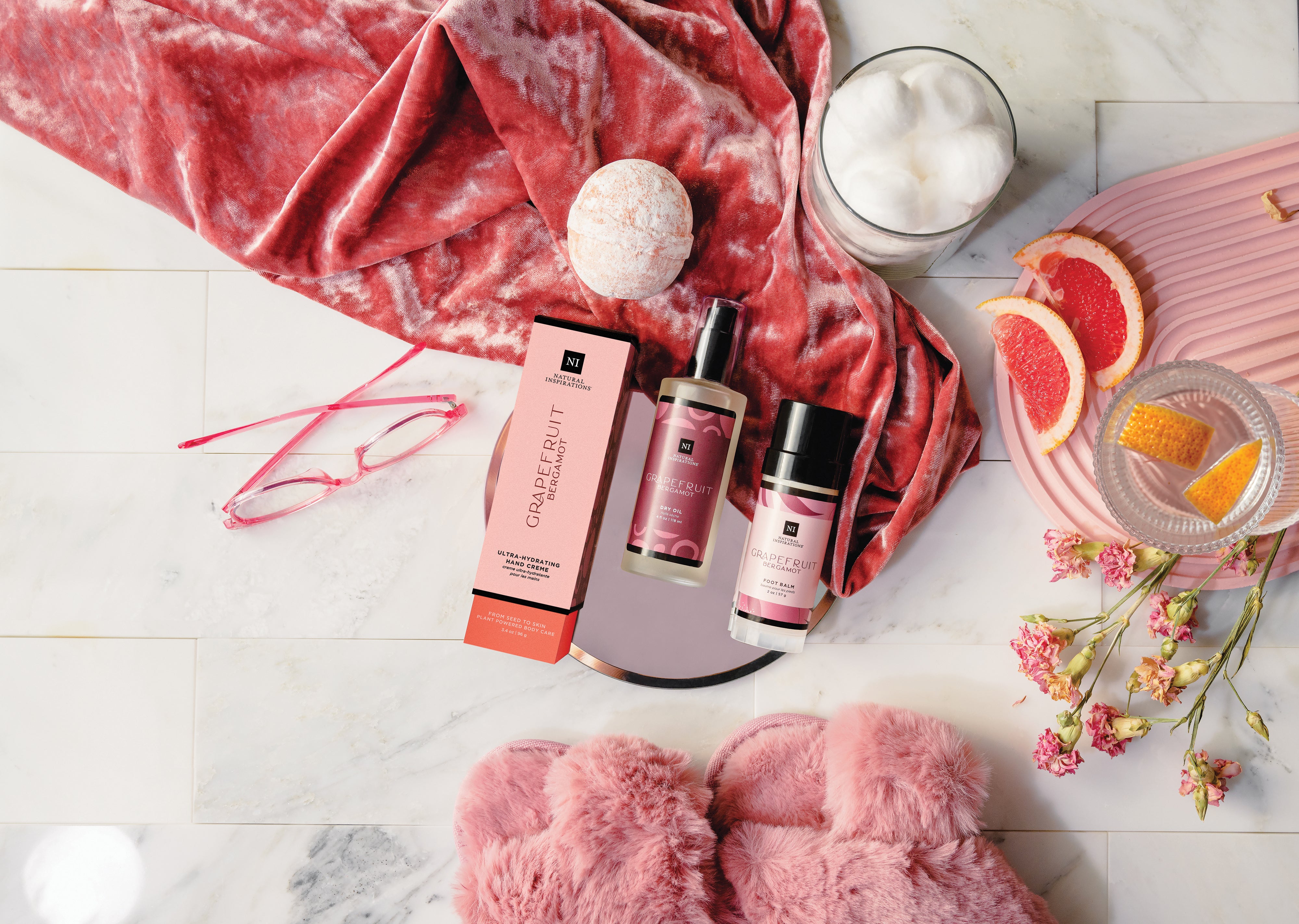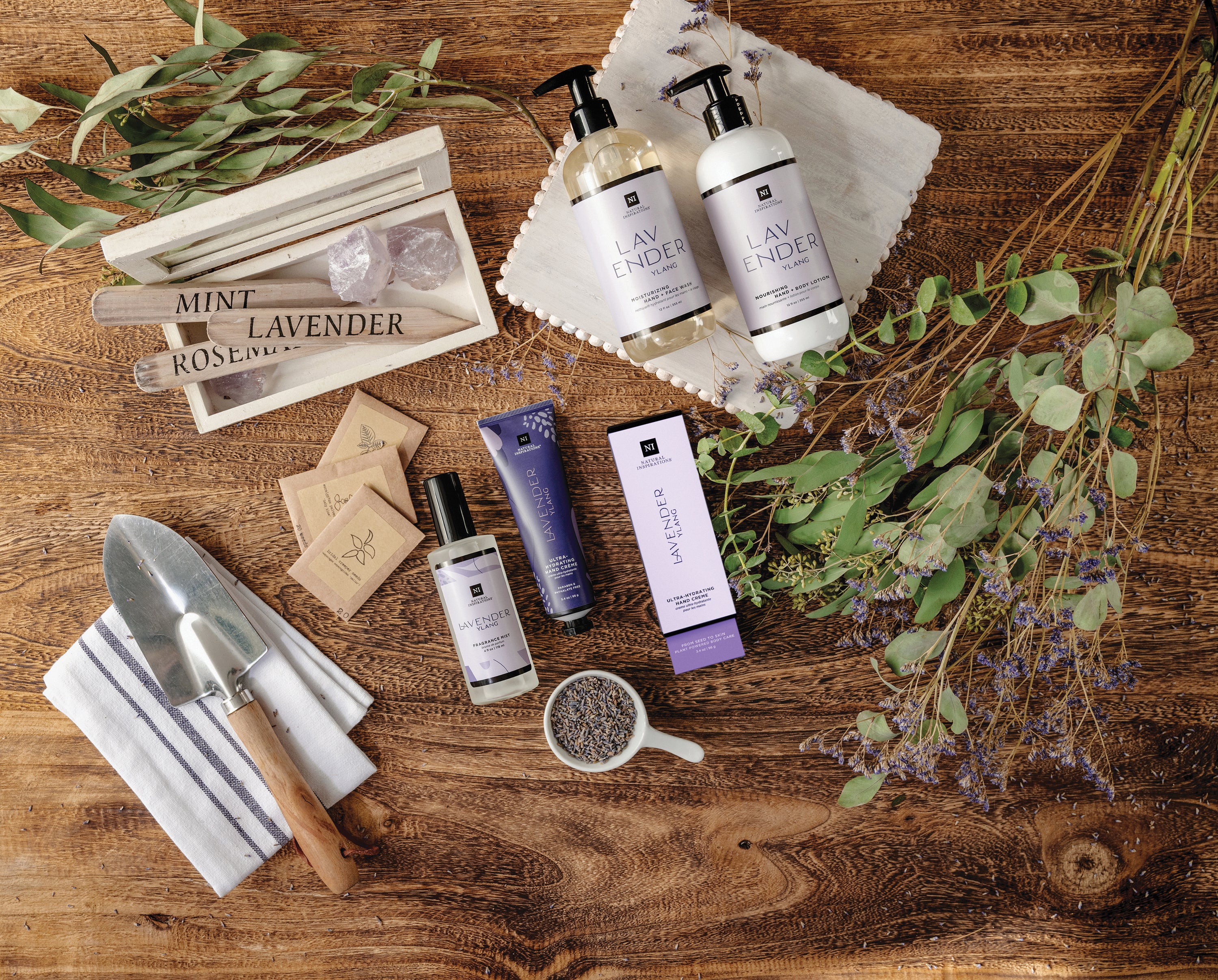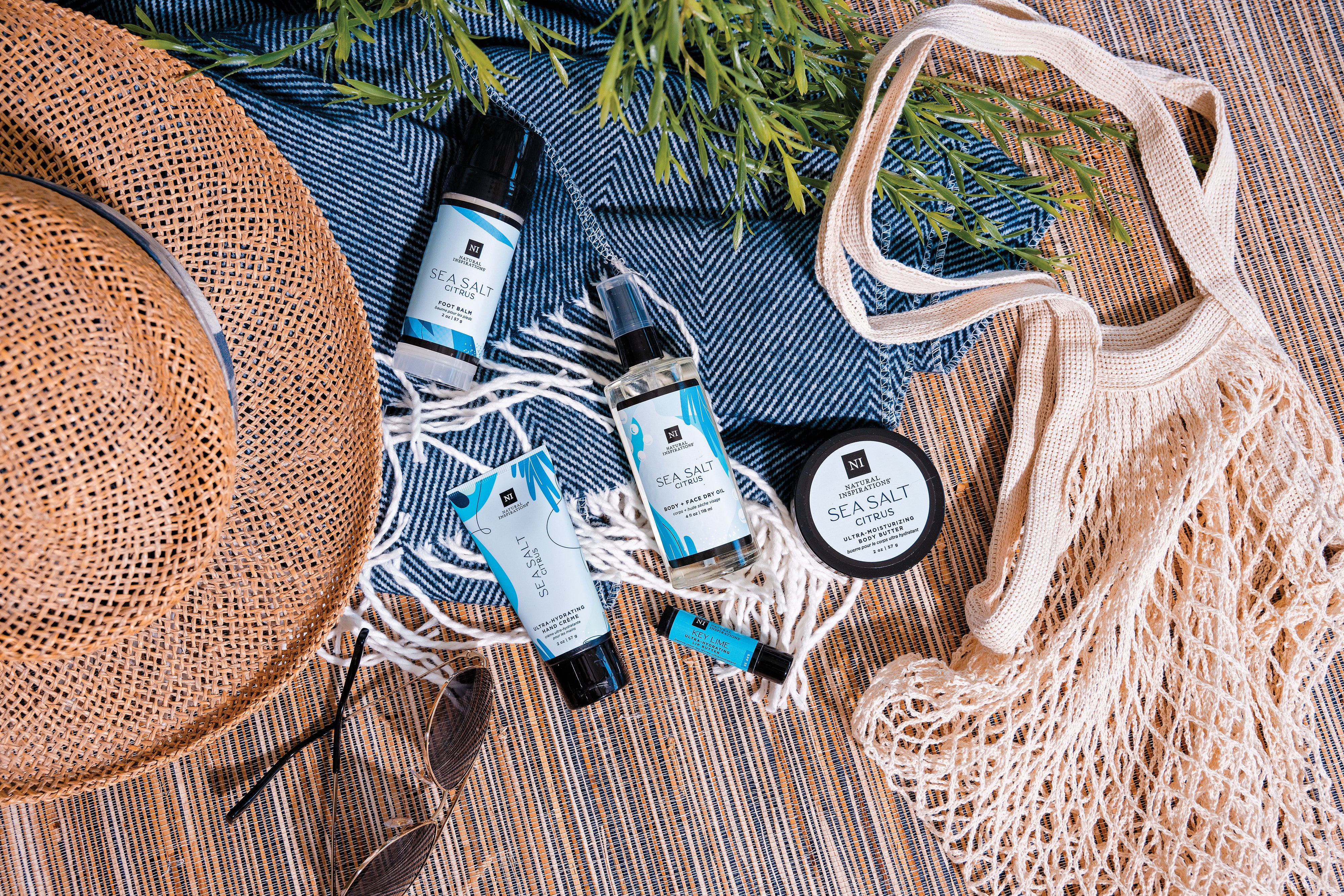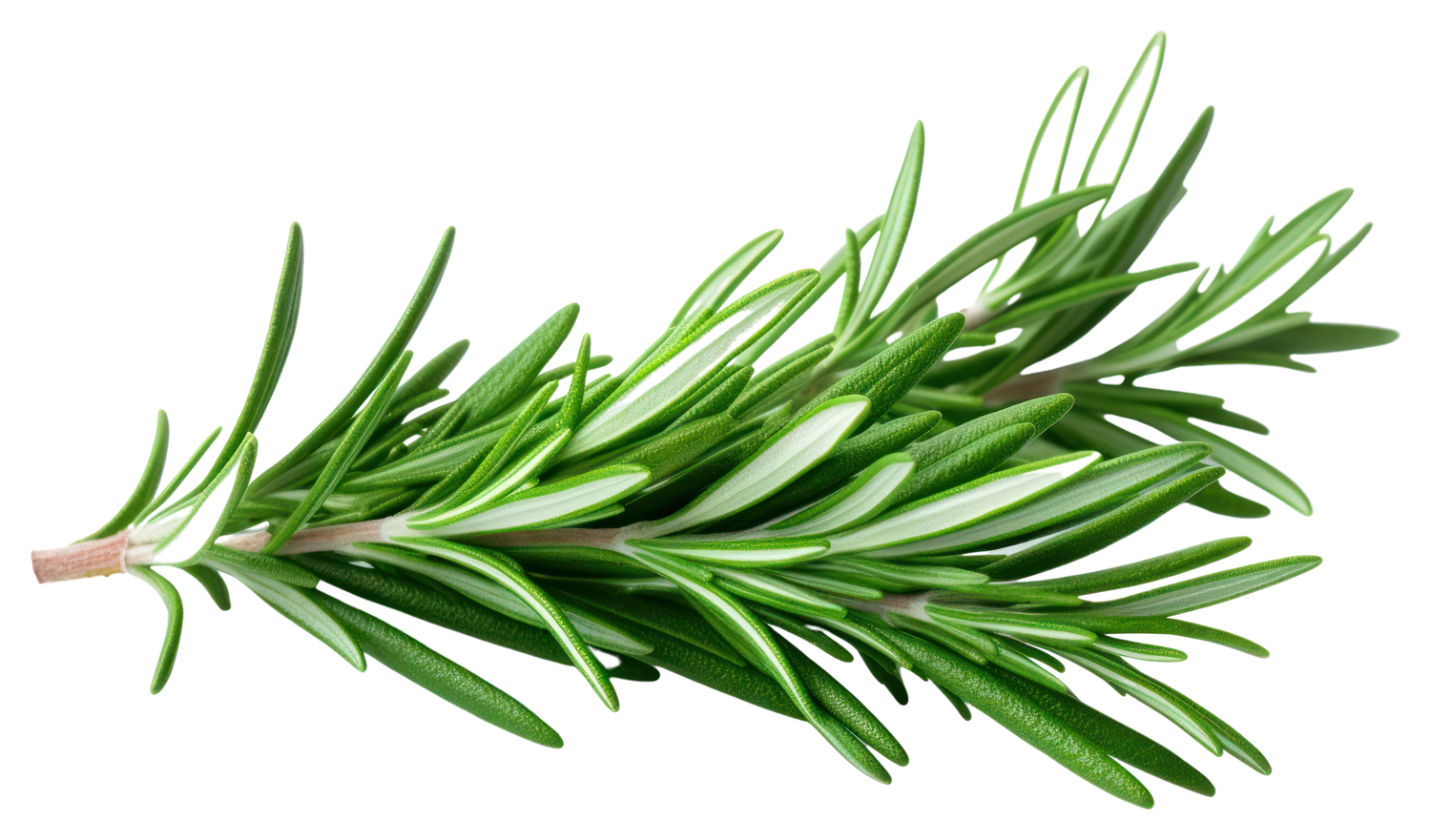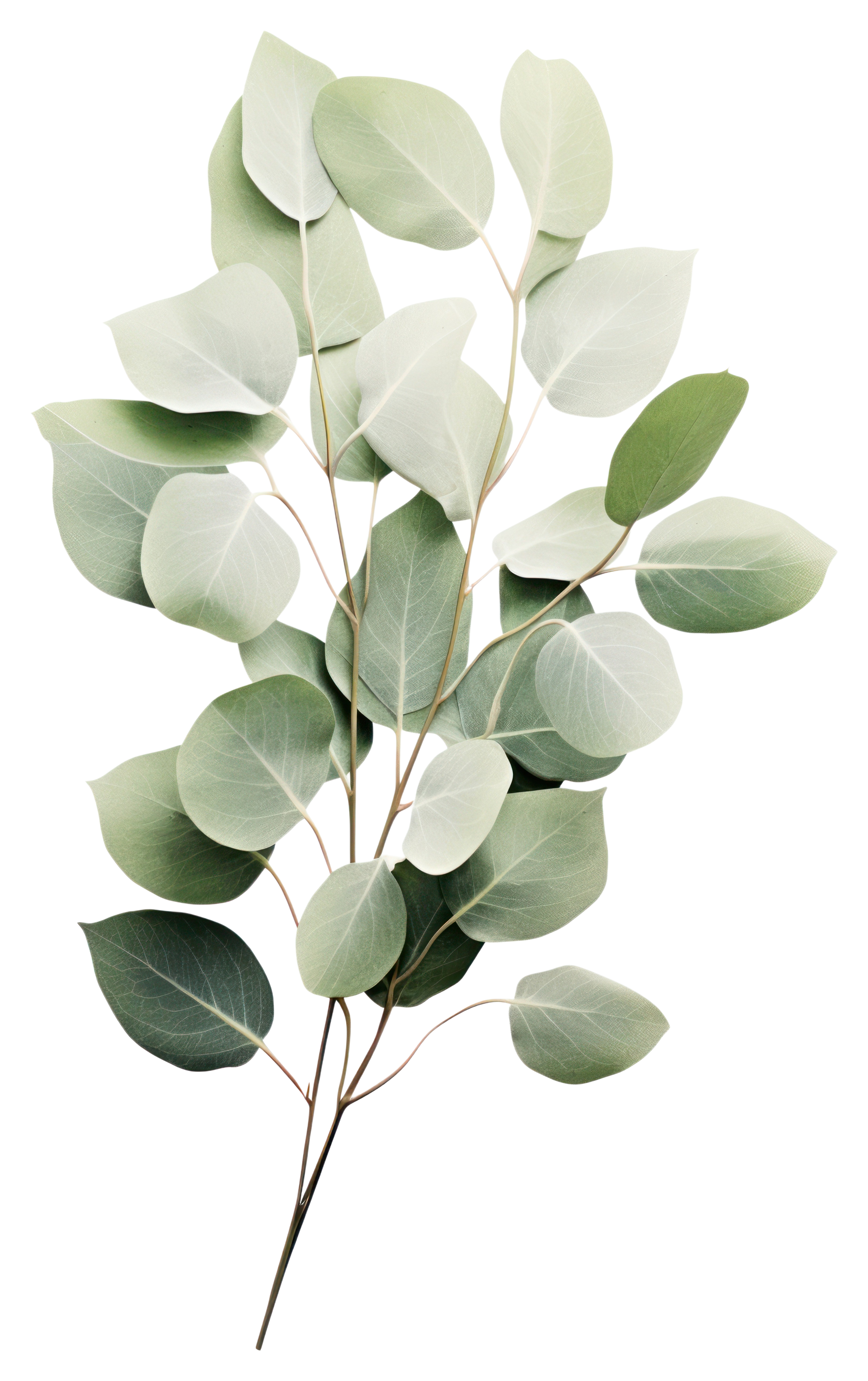Lotion vs Body Butter vs Dry Body Oil: The Complete Guide to Choosing the Best Natural Moisturizer for Your Skin
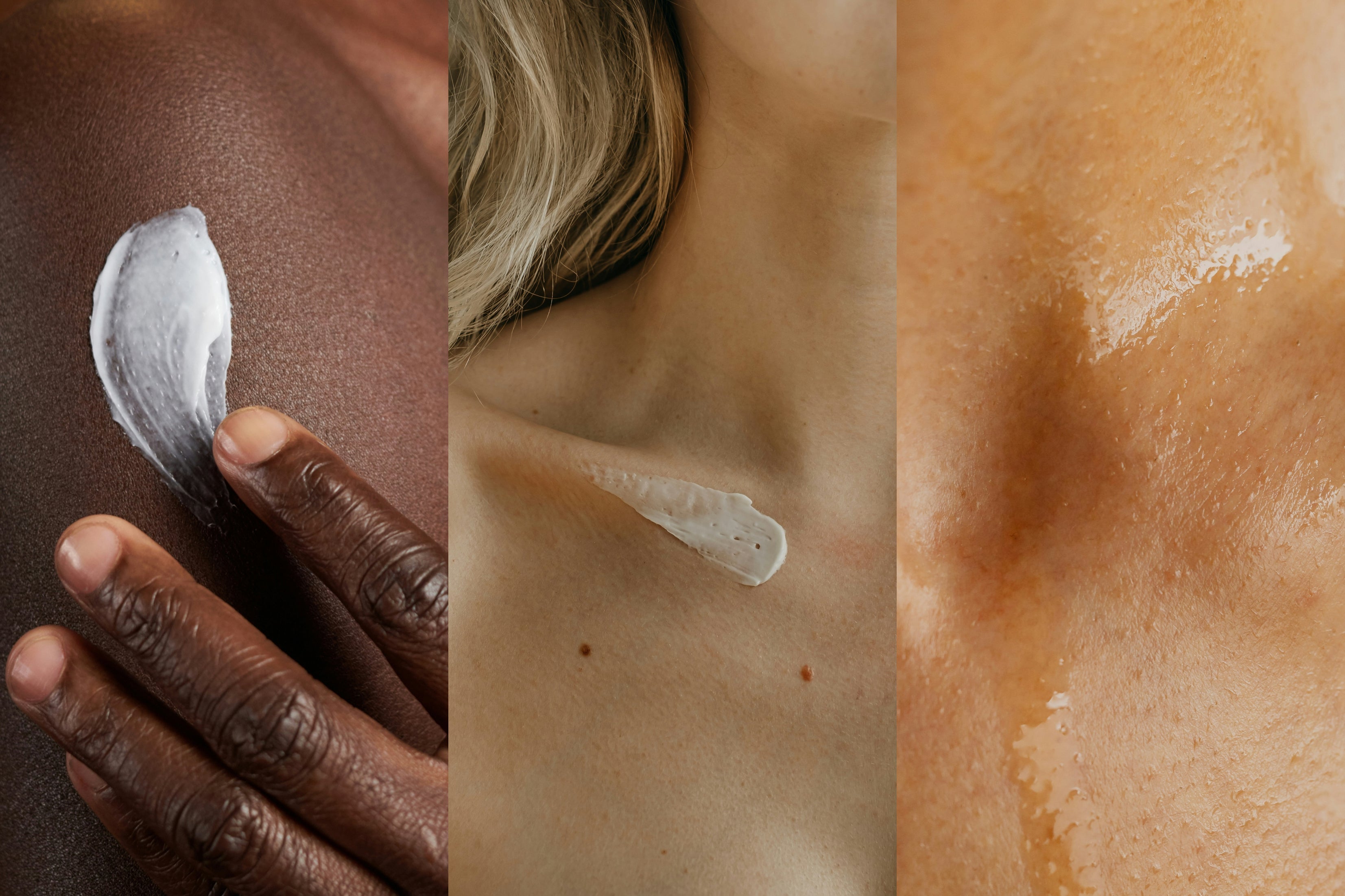
Introduction – Why Choosing the Right Moisturizer Matters
If you’ve ever stood in the skincare aisle wondering whether to reach for a lotion, a body butter, or a dry body oil, you’re not alone. These products may all be labeled “moisturizers,” but they perform very differently. The best natural moisturizer for your skin isn’t just about texture preference—it’s about how the product is formulated and which ingredients it contains.
Whether your skincare routine is minimalist or indulgent, understanding the science of skin hydration can help you make smarter choices. At the core of every effective moisturizer are three key ingredient categories: humectants, emollients, and occlusives. These are the building blocks of skin hydration science, and each product type—lotion, body butter, and dry body oil—uses them in different ratios to achieve different results.
In this guide, we’ll explore the anatomy of a moisturizer, break down the differences between lotion, body butter, and dry body oil, share seasonal recommendations, bust some common myths, and show you how our plant-based Natural Inspirations® products put this science into practice—powered by ExSeed® cold-pressed seed oils.
The Anatomy of a Moisturizer: Humectants, Emollients, and Occlusives Explained
A truly effective moisturizer does three jobs:
- Draw water into the skin (humectant).
- Smooth and soften rough spots (emollient).
- Lock moisture in (occlusive).
When these elements are balanced, your skin feels hydrated, supple, and protected.
1. Humectants – The Hydration Magnets
What They Do: Humectants attract water into the upper layers of the skin, increasing hydration and plumpness.
Plant-Based Examples:
-
Glycerin – Derived from plant oils, one of the most widely studied and effective
humectants. - Aloe Vera Juice – Naturally rich in polysaccharides that help bind water.
- Sodium Hyaluronate (from fermentation) – The salt form of hyaluronic acid, binds up to 1,000x its weight in water.
How They Work: Humectants bind water molecules from the environment or deeper skin
layers, improving elasticity and helping the skin appear smoother.
Research:
- Glycerin significantly improves hydration and skin barrier function (Fluhr et al., 2008, British Journal of Dermatology).
2. Emollients – The Skin Smoothers
What They Do: Emollients fill the gaps between skin cells, making the skin feel softer and more flexible.
Plant-Based Examples:
- Coconut Oil – Rich in lauric acid, helps improve barrier function.
- Apricot Kernel Oil – Lightweight, rich in vitamin E and fatty acids.
- Cold-Pressed Seed Oils – Such as pomegranate, grape, cranberry, black cumin, and carrot seed oils (the foundation of ExSeed®).
- Shea Butter – Softens rough skin while adding mild occlusive benefits.
-
Jojoba Oil – Mimics skin’s natural sebum, aiding barrier repair.
How They Work: Emollients penetrate and coat the stratum corneum (outer skin layer), delivering fatty acids that restore flexibility and resilience. Cold-pressed seed oils retain antioxidants like vitamin E and polyphenols, which help protect skin from environmental stressors.
Research:
- Coconut oil is as effective as mineral oil for improving hydration and barrier function (Agero & Verallo-Rowell, 2004, Dermatitis).
- Apricot kernel oil improves skin softness and elasticity (Madalena et al., 2019, Journal of Oleo Science).
- Pomegranate seed oil supports regeneration and reduces inflammation (Aslam et al., 2006, Journal of Ethnopharmacology).
3. Occlusives – The Moisture Lockers
What They Do: Occlusives form a physical barrier that prevents water loss and shields the skin from environmental stressors.
Plant-Based Examples:
- Shea Butter
- Cocoa Butter
- Beeswax
- Cranberry Seed Oil
- Black Cumin Seed Oil
How They Work: Occlusives create a hydrophobic film on the skin’s surface, reducing
transepidermal water loss (TEWL) and protecting against wind, cold, and pollutants. Many natural occlusives double as emollients.
Research:
-
Shea butter improves hydration and barrier recovery (Bom et al., 2019, Journal of
Allergy and Clinical Immunology). - Coconut oil reduces TEWL by up to 37% (International Journal of Dermatology, 2014).
- Beeswax forms a breathable protective barrier (Vaughn et al., 2018).
Lotion vs Body Butter vs Dry Body Oil: Which One is Right for You?
Now that you know how the three key ingredient types work, here’s how lotion, body butter, and dry body oil differ in formulation, texture, and best use:
Lotion – Best for Daily, Lightweight Hydration
- Texture + Composition: Oil-in-water emulsion, high in humectants, lighter emollients.
-
Best For: Normal to slightly dry skin, daily use, warmer climates.
Body Butter – Best for Deep Nourishment
- Texture + Composition: Solid butters and richer oils, high occlusive content.
- Best For: Very dry or rough skin, cold or windy climates.
Dry Body Oil – Best for Silky Radiance
- Texture + Composition: 100% oil blend, fast-absorbing, no humectants.
-
Best For: Normal to dry skin, layering over lotion, adding glow.
Comparison Chart
Product Type |
Humectants |
Emollients |
Occlusives |
Best For |
| Lotion | High | Medium | Low | Normal–dry skin |
| Body Butter | Low | High | High | Very dry skin, cold climates |
| Dry Body Oil | None | High | Low–Medium | Glow, lightweight nourishment |
Seasonal Skin Needs: Choosing the Right Moisturizer Year-Round
Your skin’s needs shift with the seasons—and so should your moisturizer.
- Winter (Cold + Dry): Opt for body butter to lock in moisture.
- Summer (Warm + Humid): Use lotion or dry oil for lighter hydration.
- Spring/Fall (Variable): Layer lotion in the morning with dry oil at night.
Moisturizer Myths vs Facts
Myth: Oily skin doesn’t need moisturizer.
Fact: Dehydrated oily skin can actually overproduce oil, leading to more breakouts.
Lightweight lotion or dry oil helps restore balance without heaviness.
Myth: Natural oils clog pores.
Fact: Many plant oils—like jojoba, squalane, and cold-pressed seed oils—are non-
comedogenic, meaning they are formulated or naturally structured so they don’t block pores or contribute to acne formation.
Myth: You only need to moisturize in winter.
Fact: Humectants and antioxidants benefit skin year-round, and protection against
environmental stressors is important in every season.
Natural Inspirations® Moisturizers: Powered by ExSeed® Cold-Pressed Seed Oils
At Natural Inspirations® our plant-based skincare is crafted with a careful balance of humectants, emollients, and occlusives and features the antioxidant-rich power of ExSeed® Moisturizing Complex, our proprietary patented blend of cold-pressed pomegranate, grape, cranberry, black cumin, and carrot seed oils. This cold-pressing process preserves the oils’ full profile of essential fatty acids, vitamins, and antioxidants, allowing them to deliver optimal skin benefits without heat damage.
Ingredient Breakdown:
Product |
Humectants |
Emollients |
Occlusives |
| Lotion | Glycerin | Coconut Oil, Apricot Kernel Oil, ExSeed® Cold-Pressed Seed Oils, Cetearyl Alcohol, Tocopherol | Shea Butter, Cranberry Seed Oil, Black Cumin Seed Oil |
| Body Butter | Glycerin | Coconut Oil, Shea Butter, Apricot Kernel Oil, ExSeed® Cold-Pressed Seed Oils, Cetyl Alcohol, Tocopherol | Shea Butter, Cocoa Butter, Cranberry Seed Oil, Black Cumin Seed Oil |
| Dry Body Oil | –– | Apricot Kernel Oil, ExSeed® Cold-Pressed Seed Oils, Coconut Oil, Tocopherol | Cranberry Seed Oil, Black Cumin Seed Oil |
The beauty of ExSeed® is that it supports every type of moisturizer in our line—providing lightweight nourishment in our Dry Oil, balanced hydration in our Lotion, and deep replenishment in our Body Butter. Every formulation is intentionally created to ensure your skin gets exactly what it needs—whether that’s daily hydration, intensive replenishment, or a silky, radiant finish—while staying true to our plant-based philosophy.

